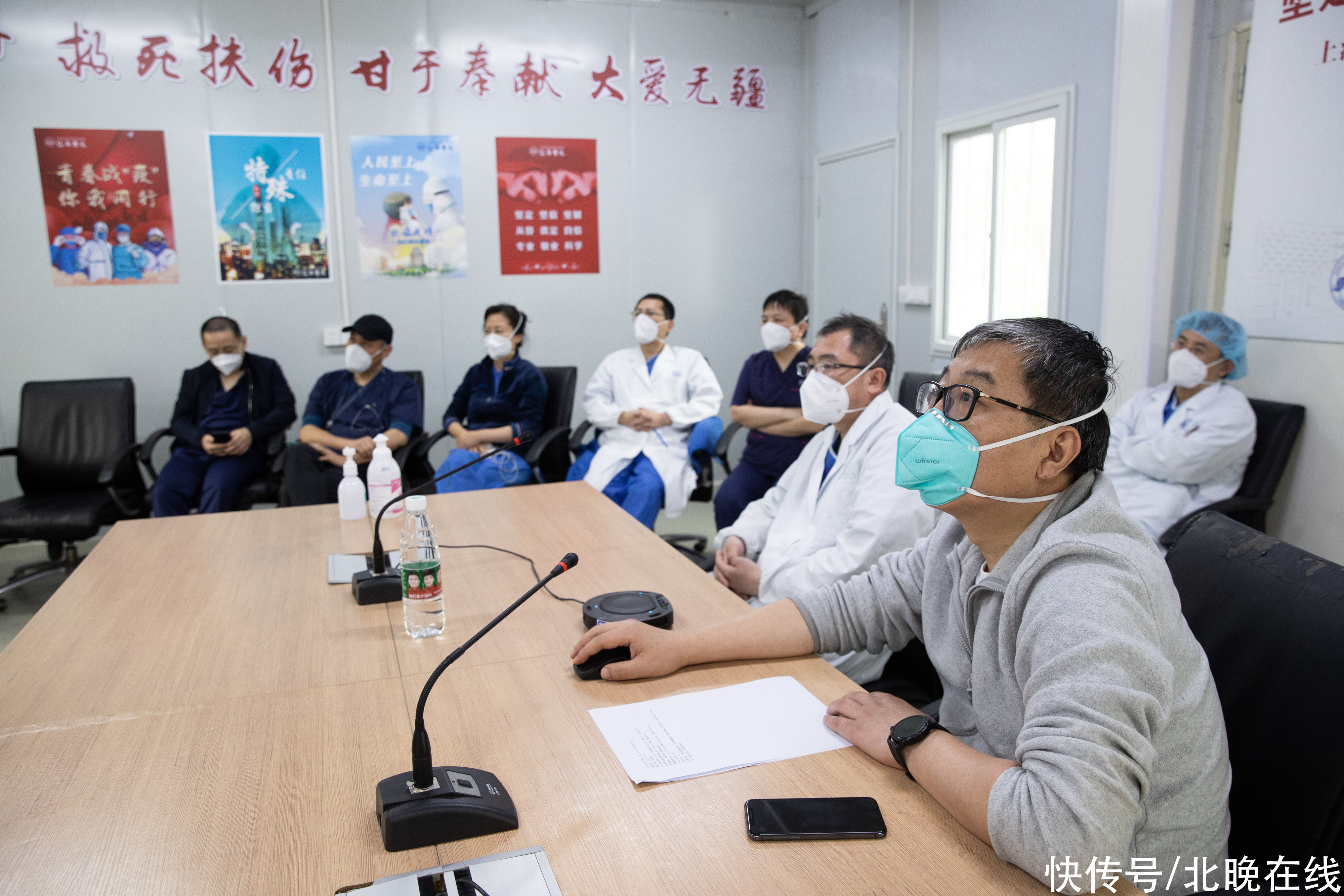The number of critically ill patients in Shanghai has increased recently. Since the current round of the epidemic, there have been 138 deaths. The treatment of critically ill patients is the biggest challenge facing Shanghai. At present, Shanghai adheres to the three principles of prevention of mild to severe and severe treatment, equal emphasis on new crown treatment and basic disease treatment, and equal emphasis on traditional Chinese and Western medicine treatment. On the 23rd, the reporter walked into the ICU of the southern branch (designated hospital) of Renji Hospital Affiliated to Shanghai Jiaotong University School of Medicine.

Xinhua News Agency
Accurately formulate “one person, one policy”
In the ward, the beds are neatly arranged, and the critically ill patients are mainly the elderly. In the workstation, doctors and nurses in protective clothing and fully armed are busy.
At 14:00, Gao Yuan, director of the Department of Critical Care Medicine of Renji Hospital Affiliated to Shanghai Jiaotong University School of Medicine, took off his sweat-soaked protective clothing and appeared on time together with the directors of the Department of Infectious Diseases and the Department of Respiratory Medicine. in the conference room.
Online consultations are held here every afternoon. Doctors in designated hospitals and experts from parent hospitals discuss the diagnosis and treatment plans for critically ill patients in the hospital one by one, and formulate “one person, one policy” precisely.
The patient discussed that day has a complex condition, suffering from mental illness, sudden acute myelitis, rhabdomyolysis, liver and kidney insufficiency, and later gastrointestinal bleeding, but the clinical symptoms of the new crown are mild. CT showed a slight pulmonary exudate. After intense discussions, the directors of more than ten departments jointly formulated a new strategy.
Gao Yuan said that on the one hand, the treatment of new coronary pneumonia is being carried out in accordance with the ninth edition of the diagnosis and treatment plan; on the other hand, the multidisciplinary diagnosis and treatment model (MDT) is used to discuss complex diseases and form a more accurate treatment plan .
Unleash the maximum potential of limited strength
Renjinan Hospital received the notice of being changed to a designated hospital on April 3, and was officially admitted at noon on April 7 Patients, mainly children, hemodialysis, pregnant women and adult patients with comorbidities. “In order to make the best use of resources, we have always followed the principles of adequate ward setup, adequate staffing, and adequate patient admission in the construction of the intensive care unit,” said Wang Zheng, vice president of Renji Hospital Affiliated to Shanghai Jiaotong University School of Medicine. The ICU is the “main battlefield” for the treatment of critically ill patients with the new crown. There are more than 50 critically ill beds, and the oldest among the elderly rescued is 97 years old; in addition, there are more than 480 pediatric beds. “The diagnosis and treatment of basic diseases is still in accordance with the specialized setting. We try our best to restore the discipline system before the designated hospital, so that the right doctor can see the right patient, so that the maximum potential of limited power can be exerted.”
< strong>Set up 9 critical care teams
Wang Xingpeng, director of the Development Center of Shanghai Shenkang Hospital, said that the critically ill patients admitted in this round have two characteristics: First, the proportion of elderly patients is relatively high At present, among the patients in city-level designated hospitals, the proportion of elderly people over 70 years old is close to 30%; second, the proportion of patients with underlying diseases is relatively high, more than 60%, of which 40% are combined with three or more underlying diseases. Shanghai adheres to the three principles of preventing mild to severe and severe treatment, equal emphasis on new crown treatment and basic disease treatment, and equal emphasis on traditional Chinese and Western medicine treatment. It has gathered more than 360 intensive care medicine experts with rich clinical diagnosis and treatment experience in the city, plus support from other provinces and cities. Experts have set up 9 critical care teams, stationed in 8 city-level designated hospitals, and implemented centralized management and comprehensive treatment for severe COVID-19 patients, critical patients, and severe COVID-19-positive patients with underlying diseases.
(Original title: Shanghai sets up 9 critical care teams to precisely formulate “one person, one policy” to directly hit the ICU: fully treat elderly patients)
Source: Beijing Evening News according to Xinhua
Process editor: U016